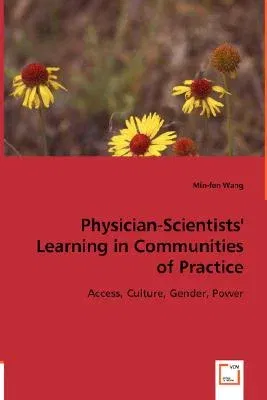The numbers of physician-scientists (PSs) who conduct patient-oriented
(i.e., clinical) research (CR) are declining; thus, public health care
and research is in serious jeopardy. In order to determine how to
attract more physicians to CR careers and direct educational
interventions effectively, this book using qualitative research method
unraveled the complicated nature of PSs' learning in light of the
structural dimensions of individual and workplace context, such as
access, culture, gender and power and proposed a model to foster PSs'
learning in communities of practice. The goal is to encourage various
forms of peripheral participation in broadly defined CR to construct
layers of going from core membership to extreme peripherality in a
global PSs' community. These layers of engagement serve the dynamics of
the CR enterprise development and provide multiple learning
opportunities for PSs. Four main issues in the workplace learning
relating to 1) learning how to learn in practice, 2) restructuring power
and access to learning resources, 3) exercising combination of
mentorship and leadership, and 4) understanding cultural and gender
differences were discussed. This book should be especially useful to
clinical research training program educators, planners and
policy-makers, or anyone else who has interest in facilitating the
integration of practice and research in various professional development
contexts.


